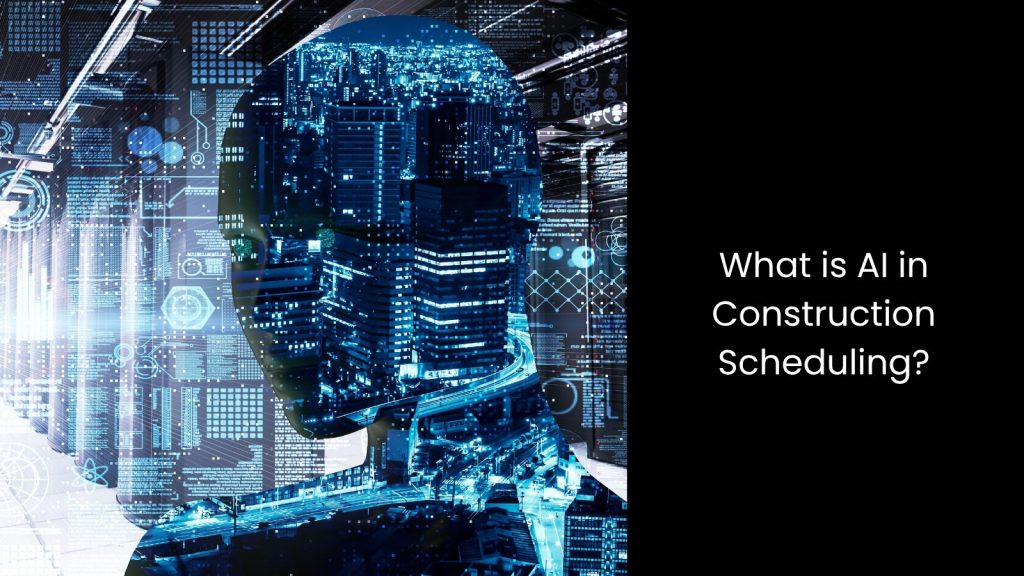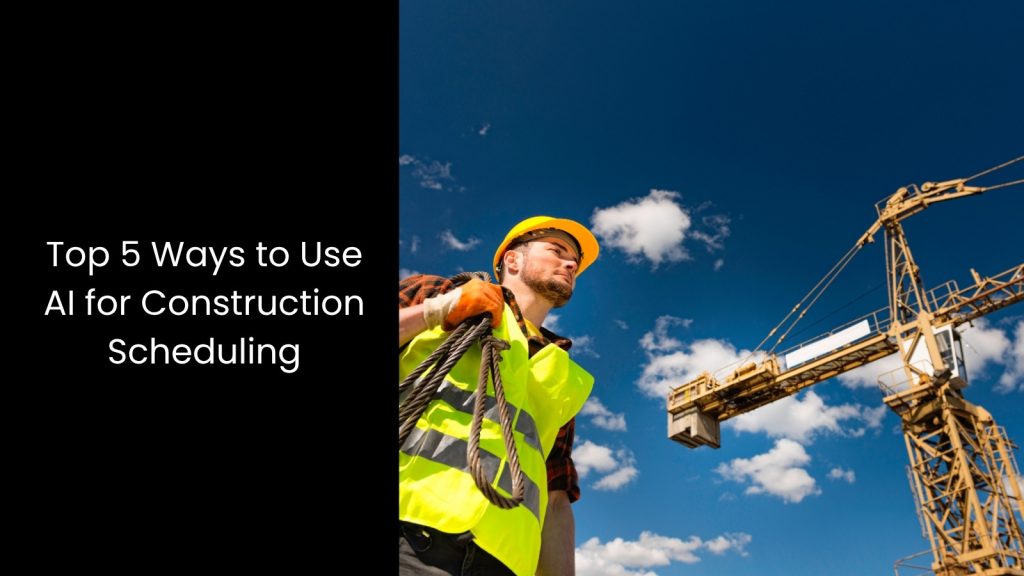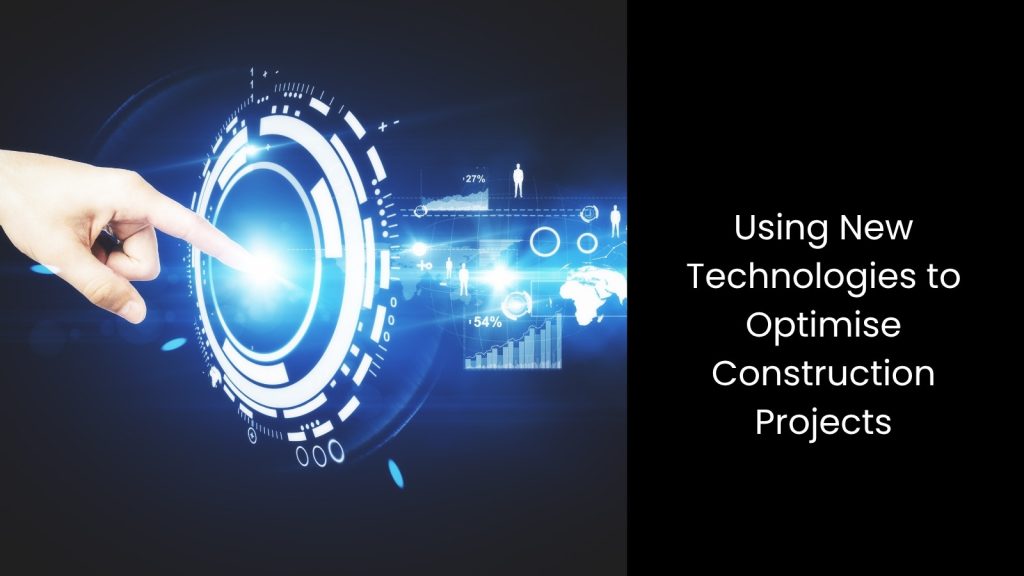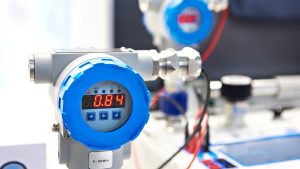It is not a secret that construction schedules rarely stay fixed, weather shifts, deliveries delay, and teams need to adjust fast. For years, planners relied on spreadsheets and manual tools that could not react quickly enough. Now, AI for construction scheduling offers a smarter, more flexible solution. It helps project managers track progress in real time, avoid clashes, and make better use of time and money.
This article walks you through how AI improves construction scheduling in today’s world.
This article walks you through how AI improves construction scheduling in today’s world.
What is AI in Construction Scheduling?

- This is using smart computer systems that can learn from data and make quick decisions, especially to improve how people plan and manage building projects.
- When it comes to construction scheduling software, AI steps in to sort through tonnes of information, using machine learning, predictive analytics, and data automation to figure out the best time and order to do tasks.
- Unlike old tools like Excel or CPM charts that need people to update them manually, AI tools stay updated on their own.
- They react fast to changes and help teams adjust schedules without guesswork or wasting time.
Top 5 Ways to Use AI for Construction Scheduling

To Monitor Progress with Real-Time Data
Using AI for construction scheduling helps project managers stay on top of things through real-time data tracking. Construction sites move fast, and things change quickly, like materials arriving late, tasks finishing early, or weather slowing things down.
Instead of waiting for someone to report progress at the end of the day or week, AI connects to sensors, drones, or mobile devices that feed instant updates to the system. These tools allow managers to see what is occurring on-site without even being there.
The AI then compares this real-time information to the schedule and quickly points out delays or areas that run ahead of time. This saves time and stops small issues from turning into big problems. Constructors can make smart choices in the moment rather than reacting too late.
Plus, everyone from the field crew to the office staff sees the same updates, which avoids confusion. Going beyond that, real-time monitoring also builds trust. This kind of construction scheduling software gives leaders more control and helps projects finish closer to the planned timeline and budget.
Instead of waiting for someone to report progress at the end of the day or week, AI connects to sensors, drones, or mobile devices that feed instant updates to the system. These tools allow managers to see what is occurring on-site without even being there.
The AI then compares this real-time information to the schedule and quickly points out delays or areas that run ahead of time. This saves time and stops small issues from turning into big problems. Constructors can make smart choices in the moment rather than reacting too late.
Plus, everyone from the field crew to the office staff sees the same updates, which avoids confusion. Going beyond that, real-time monitoring also builds trust. This kind of construction scheduling software gives leaders more control and helps projects finish closer to the planned timeline and budget.
To Scenario Planning and Simulation
AI tools in construction scheduling software give project teams the power to test different ideas before they make real-world decisions.
Let’s say a project faces delays in concrete delivery, or a crane breaks down for a few days. Instead of panicking or guessing, AI steps in and runs dozens, or even hundreds, of different scenarios. These simulations show how one small change could affect the whole timeline, cost, or resource availability.
People can then pick the best solution with the least impact. You may have noticed that those traditional planning methods cannot keep up like that. They take too long and do not offer as many options. With AI, teams explore what happens if they shift one task forward, move materials around, or adjust crew schedules. This kind of scenario planning and simulation also builds confidence in the plan.
People no longer have to wait until problems occur; they can prepare backup plans ahead of time. This helps stop surprises from turning into full-blown disasters. When constructors prepare early and understand how different options play out, they make faster and better choices. AI turns planning into something smart and flexible instead of slow and stiff beyond doubt.
Let’s say a project faces delays in concrete delivery, or a crane breaks down for a few days. Instead of panicking or guessing, AI steps in and runs dozens, or even hundreds, of different scenarios. These simulations show how one small change could affect the whole timeline, cost, or resource availability.
People can then pick the best solution with the least impact. You may have noticed that those traditional planning methods cannot keep up like that. They take too long and do not offer as many options. With AI, teams explore what happens if they shift one task forward, move materials around, or adjust crew schedules. This kind of scenario planning and simulation also builds confidence in the plan.
People no longer have to wait until problems occur; they can prepare backup plans ahead of time. This helps stop surprises from turning into full-blown disasters. When constructors prepare early and understand how different options play out, they make faster and better choices. AI turns planning into something smart and flexible instead of slow and stiff beyond doubt.
To Integrate with BIM for Smarter Scheduling
AI takes construction scheduling to the next level when it works together with Building Information Modelling (BIM).
It creates a digital model of a building before construction even starts, showing every part in 3D, from walls and pipes to wiring and doors. When you connect AI to that model, the schedule becomes way smarter. Instead of just looking at dates and timelines, AI understands how each part of the building fits with the others. It lines up tasks based on what the model shows and updates the plan if something in the design changes.
That means crews work in the right order and avoid doing things twice or tearing stuff out.
AI also looks at the space on-site and makes sure there is room for teams to work safely without getting in each other’s way. This cuts down waste, delays, and mistakes. Traditional tools just use dates and hope everything fits. AI and BIM work together and help teams follow a better path from start to finish.
It creates a digital model of a building before construction even starts, showing every part in 3D, from walls and pipes to wiring and doors. When you connect AI to that model, the schedule becomes way smarter. Instead of just looking at dates and timelines, AI understands how each part of the building fits with the others. It lines up tasks based on what the model shows and updates the plan if something in the design changes.
That means crews work in the right order and avoid doing things twice or tearing stuff out.
AI also looks at the space on-site and makes sure there is room for teams to work safely without getting in each other’s way. This cuts down waste, delays, and mistakes. Traditional tools just use dates and hope everything fits. AI and BIM work together and help teams follow a better path from start to finish.
To Detect Scheduling Conflicts Early
AI saves time and money in construction by spotting problems in the schedule long before they create a mess. People tend to miss things when they plan jobs with spreadsheets or basic software. Maybe two teams end up booked to work in the same space at the same time, or someone forgets that a key machine will not be available on the date they picked.
These mix-ups cause chaos on-site and lead to delays. However, AI does not miss these issues. It checks every task, compares the timing, location, and resources needed, and points out anything that does not make sense. The AI system can scan a full schedule in seconds and show planners where they need to fix things. This makes it easier to stop trouble before it starts.
Further, people do not have to redo entire plans or scramble to reschedule teams. Instead, they fix small issues early and keep the work flowing. Construction scheduling problems like double-booked crews or missing materials do not have to slow down the whole project anymore. This kind of smart checking gives everyone peace of mind.
These mix-ups cause chaos on-site and lead to delays. However, AI does not miss these issues. It checks every task, compares the timing, location, and resources needed, and points out anything that does not make sense. The AI system can scan a full schedule in seconds and show planners where they need to fix things. This makes it easier to stop trouble before it starts.
Further, people do not have to redo entire plans or scramble to reschedule teams. Instead, they fix small issues early and keep the work flowing. Construction scheduling problems like double-booked crews or missing materials do not have to slow down the whole project anymore. This kind of smart checking gives everyone peace of mind.
To Predict Project Timelines
Using AI to predict project timelines completely changes how people plan in construction. Traditional methods guess how long a task will take based on experience or averages, but this is not a problem for AI.
Instead, it learns from past data, like how long similar jobs took, what slowed things down, and what helped them finish early. Then it looks at the current job and makes a smart forecast. It checks weather patterns, supply deliveries, labour schedules, and even traffic data to find out how everything will affect the timeline. This gives planners a much clearer idea of what to expect.
They actually see where the risks are and make better choices before things go wrong. Plus, AI helps everyone work with more confidence because the timeline feels based on facts, not guesses. Traditional tools like spreadsheets do not adjust when conditions change, but AI does. As the project moves forward, the system updates the timeline to match real progress. That keeps people alert and ready to act if anything falls behind.
Smart predictions help constructors finish closer to the real deadline, and that solves one of the biggest limitations of manual scheduling that people face in construction today.
Instead, it learns from past data, like how long similar jobs took, what slowed things down, and what helped them finish early. Then it looks at the current job and makes a smart forecast. It checks weather patterns, supply deliveries, labour schedules, and even traffic data to find out how everything will affect the timeline. This gives planners a much clearer idea of what to expect.
They actually see where the risks are and make better choices before things go wrong. Plus, AI helps everyone work with more confidence because the timeline feels based on facts, not guesses. Traditional tools like spreadsheets do not adjust when conditions change, but AI does. As the project moves forward, the system updates the timeline to match real progress. That keeps people alert and ready to act if anything falls behind.
Smart predictions help constructors finish closer to the real deadline, and that solves one of the biggest limitations of manual scheduling that people face in construction today.
Using New Technologies to Optimise Construction Projects

You may understand that technology in construction does more than automate tasks; it creates smarter, faster, and safer job sites. Whether it is tracking progress in real time or improving planning accuracy, digital tools purchased from an industry expert improve every step. Companies that invest in these solutions today will lead the industry tomorrow with stronger performance and better outcomes.







